While on an amazing east Mojave herping trip with my friends at Camera Trapping Campus, we decided to try some single night sets to see if we could get good pics of the region's Rodentia.
Which, as any Cali cam trapper who does his research will know, includes woodrats. In this case the desert woodrat, called Neotoma lepida, and now, through the magic of molecular biology and classification condensing, called Neotoma bryanti on the west side of the Sierra Nevada.
And I like woodrats.
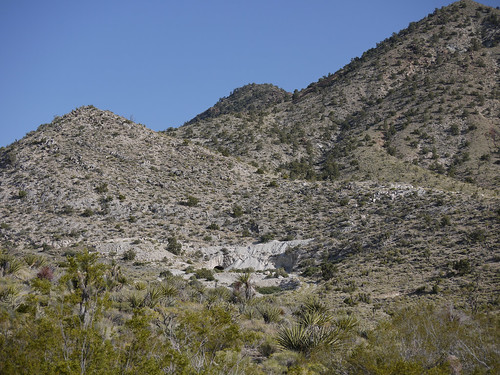
Landscape around our camp site in the east Mojave's New York Mountains
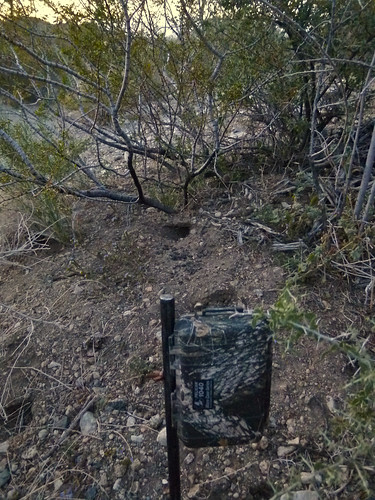
Typical cam trap set for woodrats (and k-rats)
Similar to the big-eared woodrat, Neotoma macrotis, and the dusky-footed woodrat, Neotoma fuscipes, desert woodrats live solo in fortress-like middens they build in almost any crack, crevice or hidey hole they can find.
And, while these species' ranges often overlap, with good cam traps you can actually tell them apart in photos. Compared to fuscipes/macrotis, Neotoma lepida/bryanti are smaller, more compact, lighter and grayer, and they have a fuzzier tail. And, they're even a bit cuter.
Here's 3 desert woodrats from 3 different places in California:
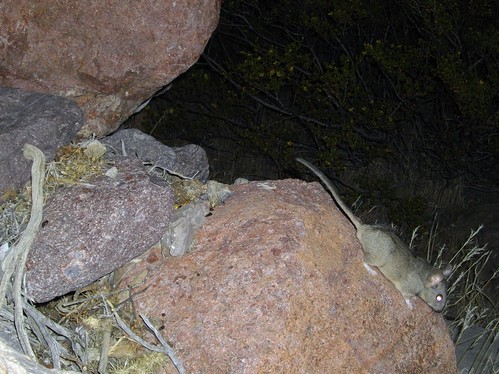
Desert woodrat, Neotoma lepida, in the east Mojave

Desert woodrat, Neotoma lepida, in Mono Lake Basin
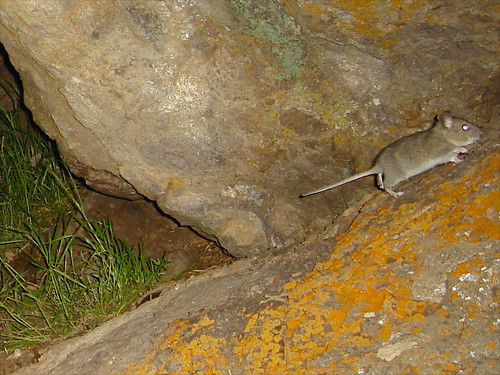
Desert woodrat, Neotoma bryanti, in the Tehachapi Mountains
House/midden design is another key difference between the species. And, like fuscipes, desert woodrat dens show how resourceful and artistic they are. But, while fuscipes are fans of sticks and leaves, lepida/bryanti collect stones, cacti and yucca for their midden art.

House in rock jumble with fortress of chamise branches, small rocks, coyote turds
and cow pies, and even a couple of shotgun shells

House in Yucca whipplei, made from rocks, chamise and dried yucca stalks
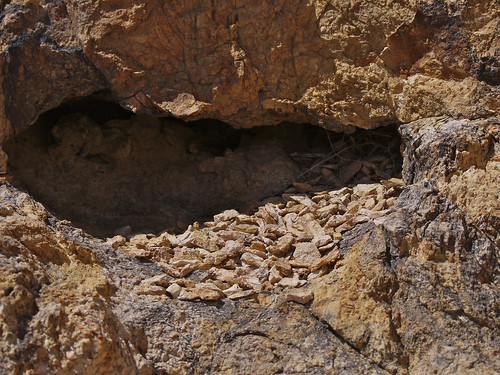
House in cave with fortress made just of small rocks
Houses are often used by multiple generations, and aside from protection from predators,
they also regulate heat and humidity, and repel rain.
Here's 3 pics of a terrific crevice midden we found in the Granite Mountains in the east Mojave. It appears to be very old - as you can see by the many, many layers of built-up debris...
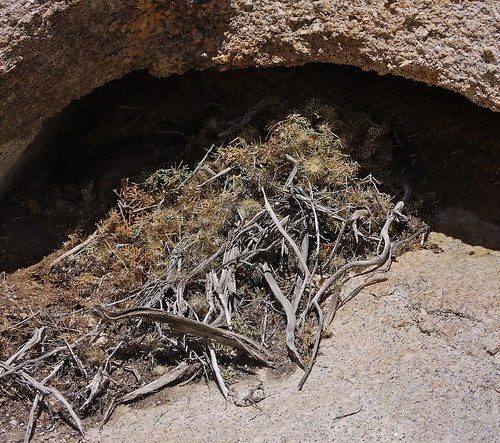
Large (left) end of rock crevice midden filled with cholla and sage brush
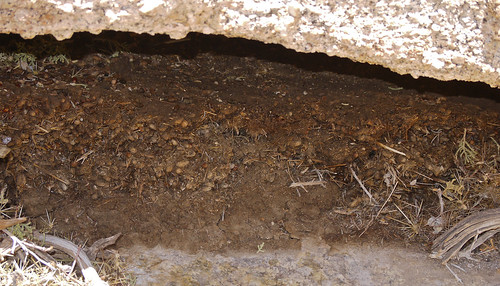
Smaller end of crevice - what was once a 12" high crack is now 3/4 filled in

Layers of built-up poop and plant matter, along with fresh juniper twigs
The artist both known and formerly known as lepida - gotta love 'em.
Editor's Note: this post was updated to include better/proper photos of desert woodrats. The previous version of the post had a few mistaken IDs that proved to be Peromyscus mice.
====
References:
- Camera Trapping Campus - In the Land of Chollas
- The Nature of a Man - Mama Homemaker
- Wikipedia - Neotoma lepida

cute little varmints!
ReplyDeleteNice middens!
ReplyDeleteHope you guys post pics from your mojave herping trip!
That is a great collection of midden photos and really captures the diversity of materials they use and shape of the middens. The fuscipes middens all tend to be the same, but the lepida or bryanti (I missed the re-classification) are a different little piece of artwork. I think a good photographic survey of the Eastern Mojave middens may be something I undertake next year.
ReplyDeleteA fascinating post. Like Trailblazer, I seriously hope you post some photos of herps, or at least a list of what you found. I'm jealous of your trip, although it must have been unbearably hot.
ReplyDeleteI like the various middens of N. bryanti. Speaking of "formerly known as", in your blog post from last year at this time (and same pics as on Flickr), you labelled the woodrat N. fuscipes. Can you tell the difference between N. macrotis and N. fuscipes just by their appearance?
ReplyDeleteKatie - that's a good question. Until recently, all the areas I've trapped were fuscipes - the Bay Area, Mariposa, Chimineas, Tehachapis... But now the Bay Area is fuscipes, Mariposa and Tehachapis macrotis, and Chimineas perhaps both. So I dunno the answer to that yet.
ReplyDeleteYou guys want a herp roll call from the east Mojave trip, huh? I might be able to come up with something...